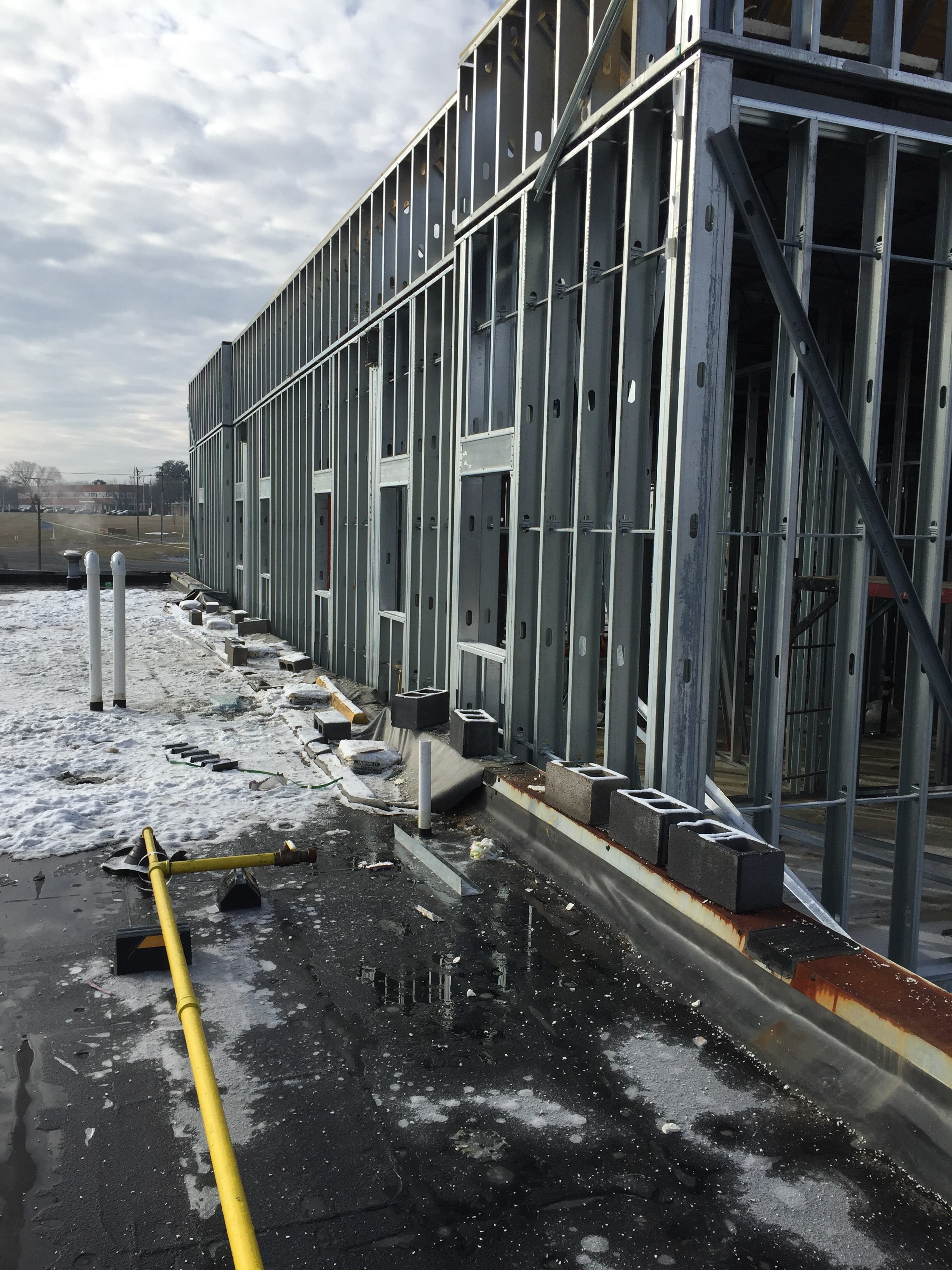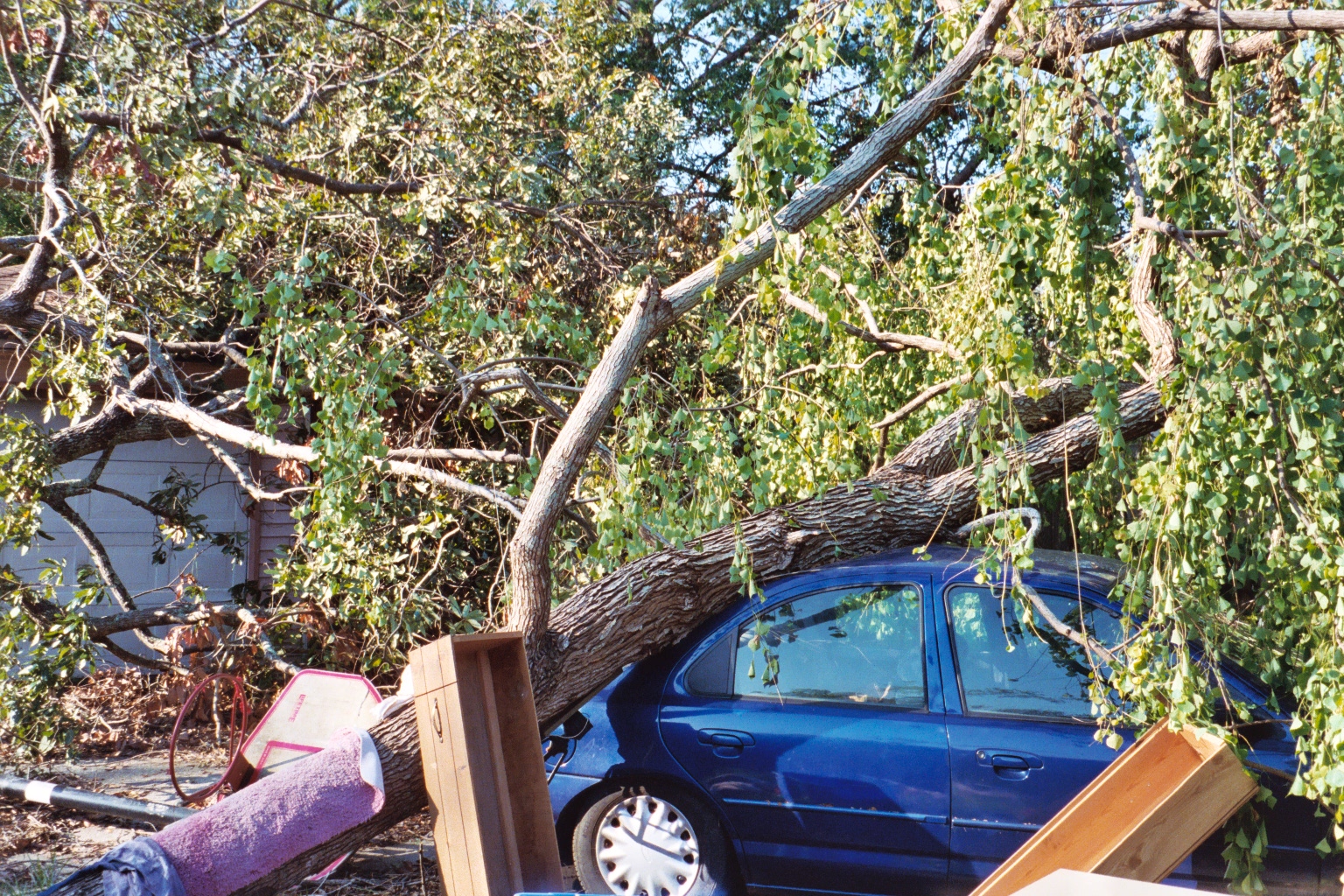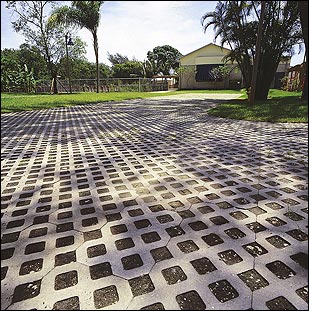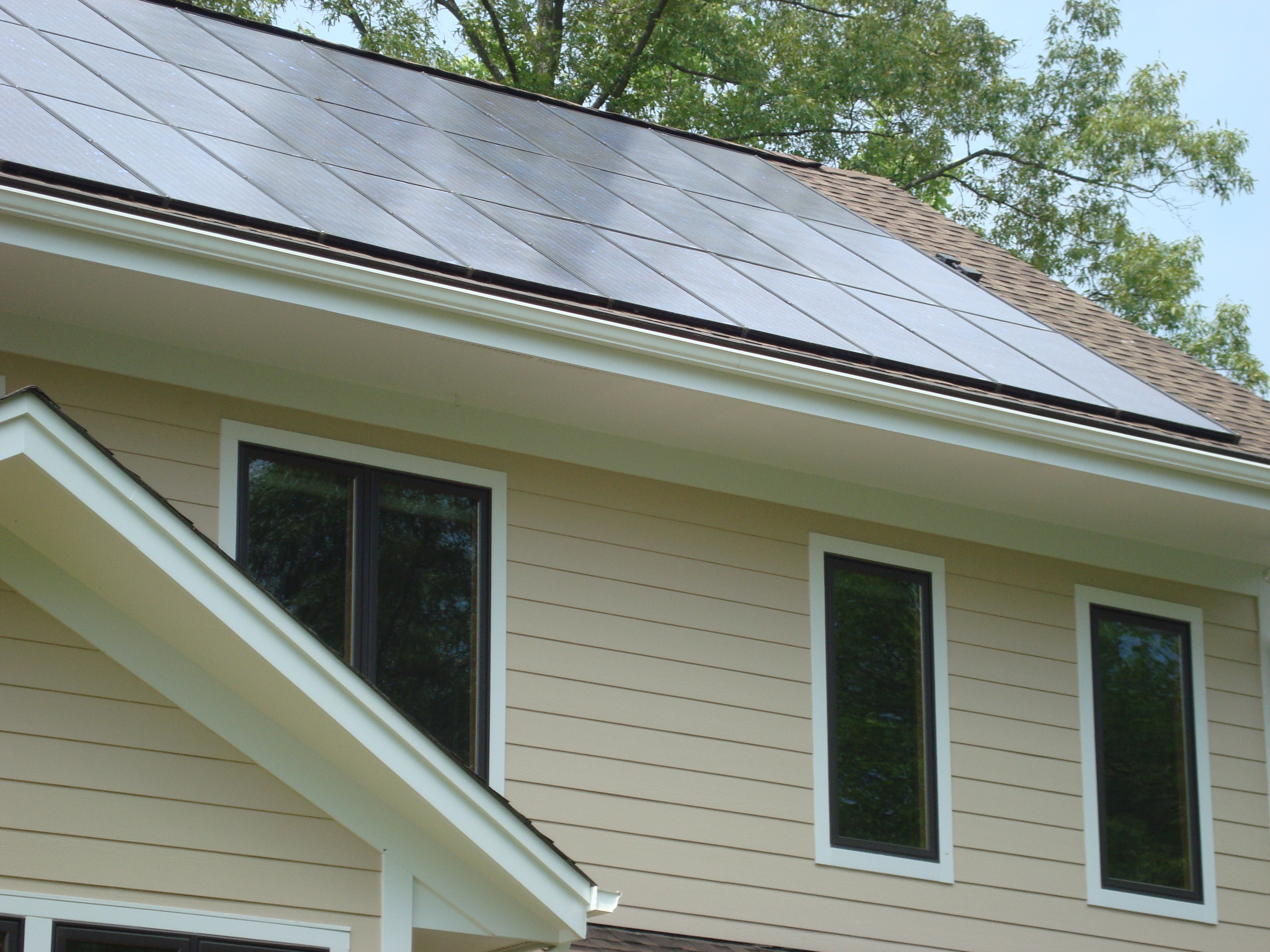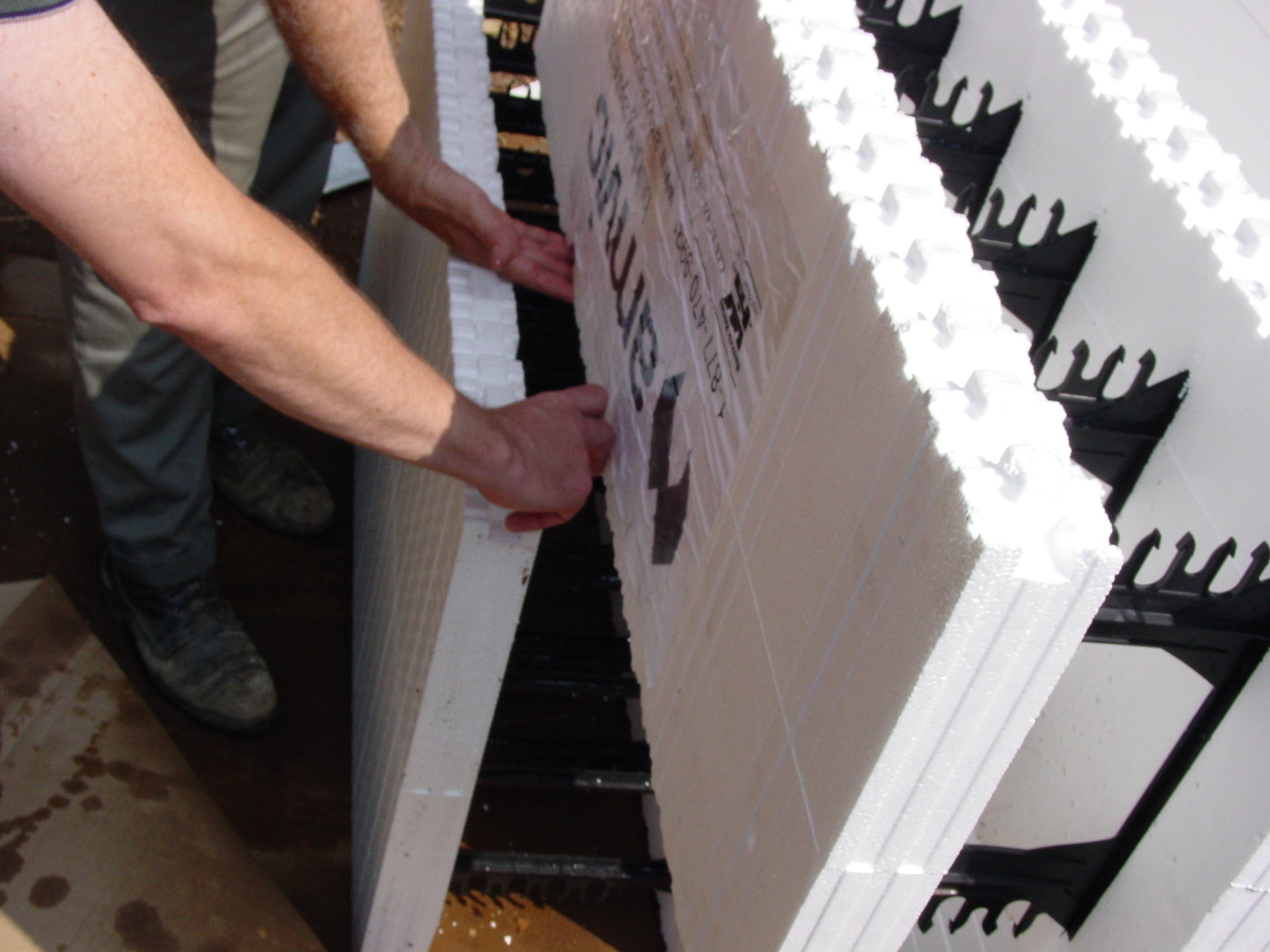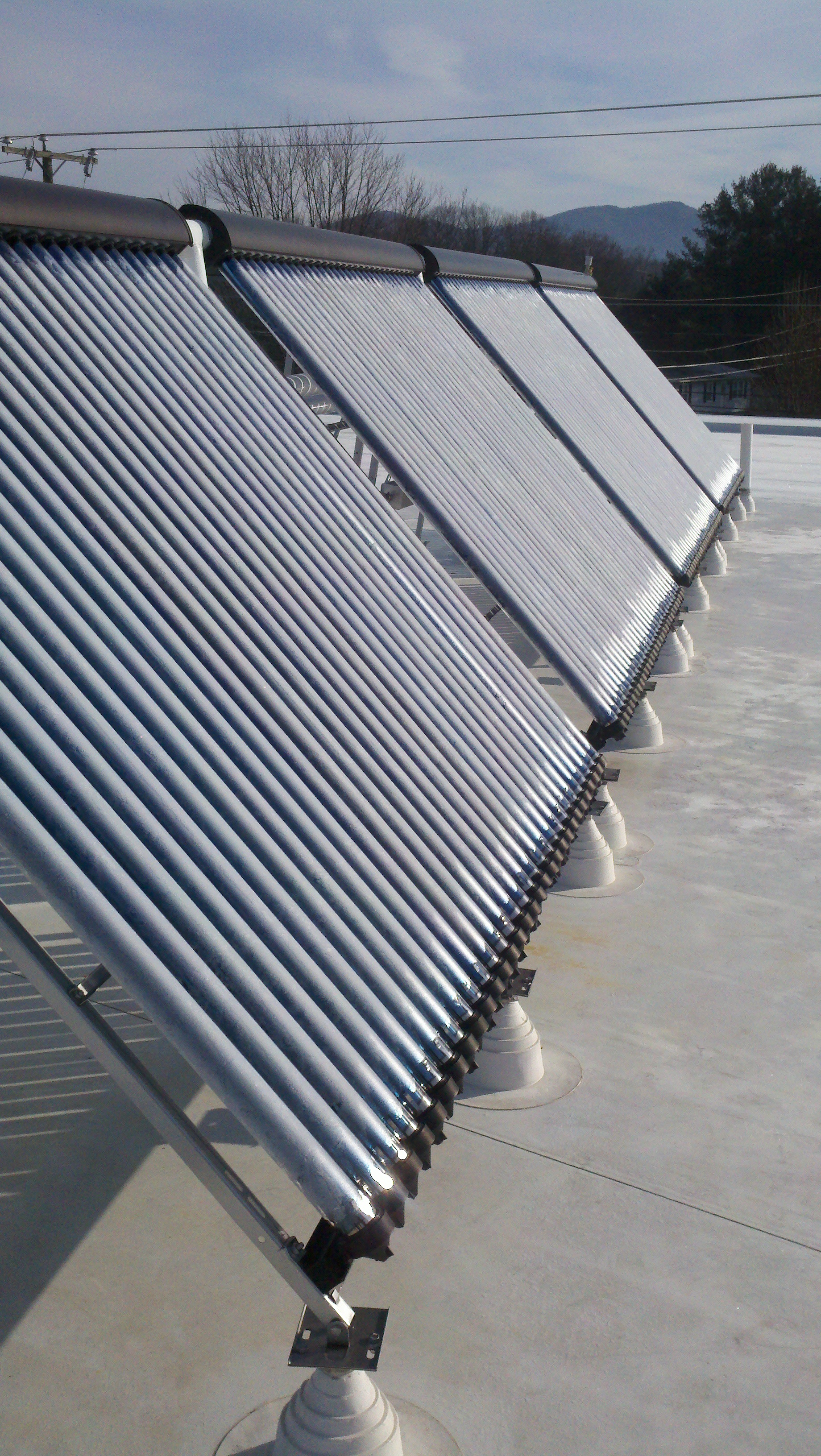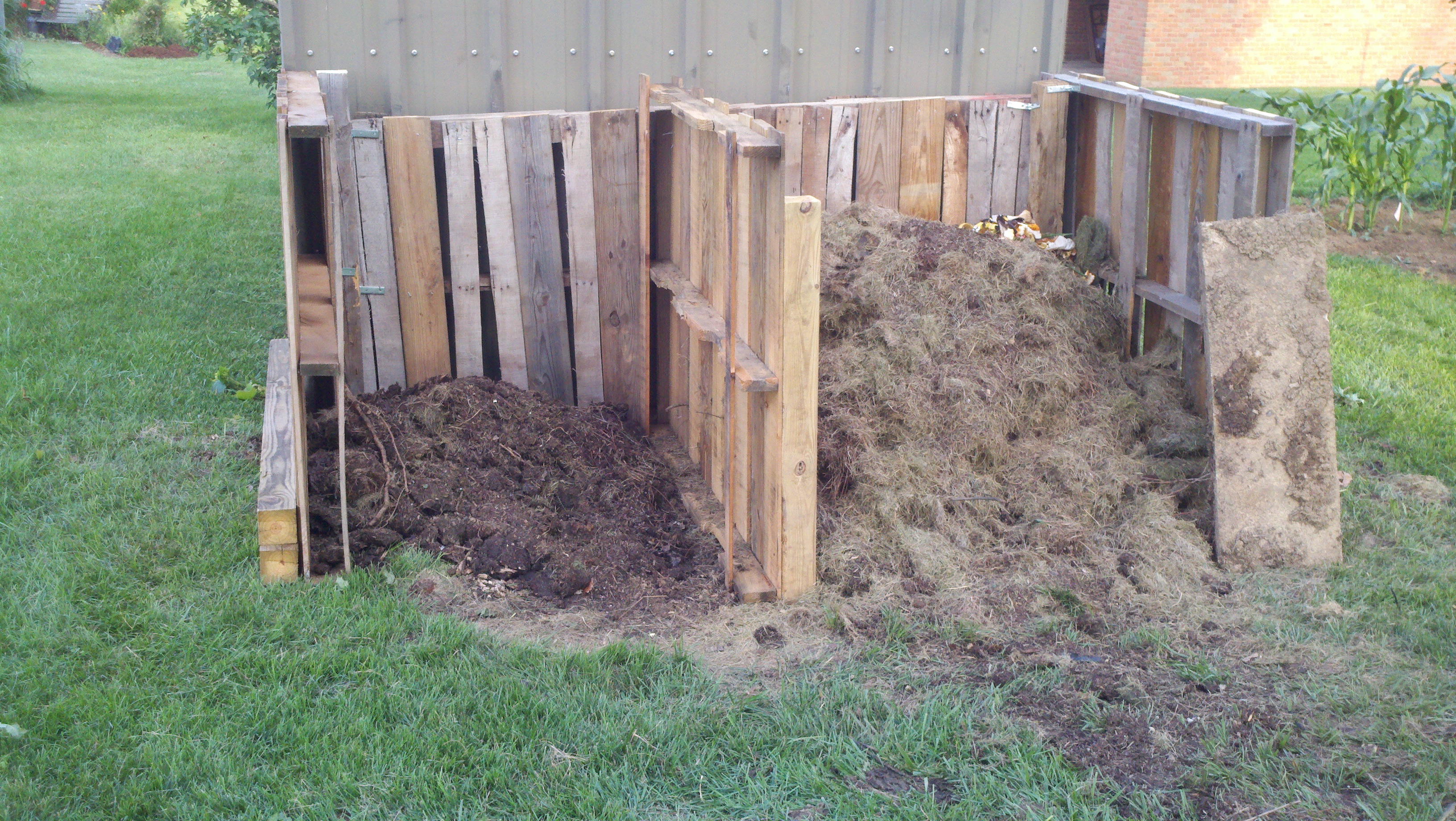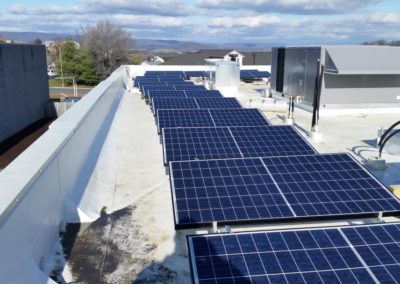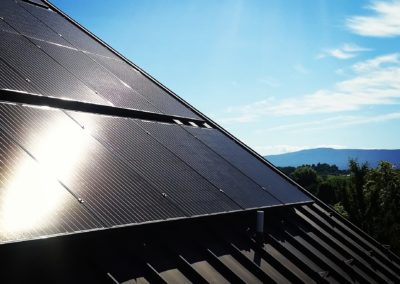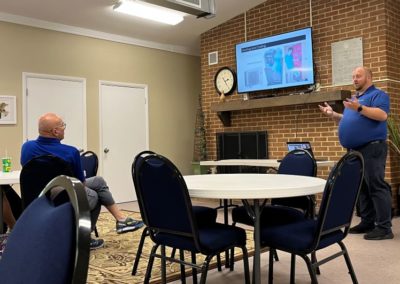As our weather patterns change, we have to change the way we think about the built environment. We have seen the challenges the built environment faces from Hurricane Katrina and Superstorm Sandy. We have seen it in the flooding in Texas. We have seen the challenges from tornadoes in the mid-West. How do we change our approach to design and building?
According to the Resilient Design Institute resilience is the capacity to adapt to changing conditions and to maintain or regain functionality and vitality in the face of stress or disturbance. It is the capacity to bounce back after a disturbance or interruption. Compared to climate change, resilience addresses the adaptation to a wide range of regional and localized impacts that are expected to come with a warming planet including intense storms, greater precipitation, coastal and valley flooding, longer and more severe droughts, wildfires, melting permafrost, warmer temperatures, and power outages.
Resilient design is the intentional design of buildings, landscapes, communities, and regions in response to these vulnerabilities.
Things to include:

